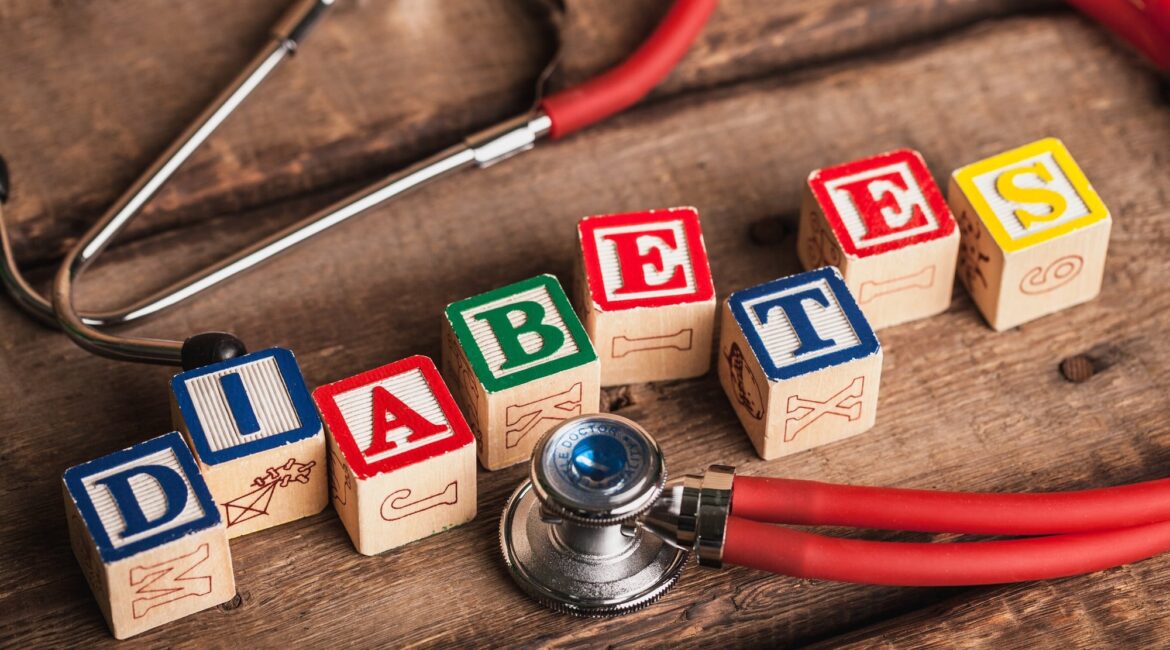Diabetes is the fastest growing disease in India.
Why Low-Carb?
My personal experience and the growing body of scientific evidence now shows that type 2 diabetes is a disease of choice. It results from the food choices we make on a daily basis. If those food choices are high in sugar, carbohydrates and industrial “vegetable” oils, then our chance of developing diabetes is high.
But the good news is that if we avoid those food choices and instead eat real foods low in carbohydrate and higher in fat and protein, we can prevent the condition from ever developing in the first place. And as we now know, even if we have developed diabetes as a result of bad food choices, we can still put the condition into remission if we change those choices.
Finding Your Safe Carb Limits
Further, while testing, we should make sure to keep target post-meal values for blood sugar in mind. The target values are a maximum of 140 mg/dl after one hour of first bite, and a maximum of 120 mg/dl after 2 hours of first bite.
The Question of Fiber
A portion of dietary carbohydrates consists of indigestible fiber. This fiber portion slows down glucose absorption slightly, but is not enough to make a significant difference. Hence, a high carbohydrate diet, even if it is rich in fiber, will quickly raise blood sugars, and is not suitable for diabetics.
There is a misconception that a diet centered on whole grains will lower blood sugars. It is not true. This can be quickly confirmed by having a whole grain based meal, and testing your blood sugar subsequently. We repeat, that blood sugar should not increase beyond 120 mg/dL, measured at two hours after first bite. At any time, blood sugars beyond 140 mg/dL are not safe, and should be avoided.
What if you are at risk for Hypoglycaemia?
Defining Type 2 Diabetes Reversal
Is Reversal the same as Cure?
The Low Carb lifestyle is an effective approach to manage diabetes, and to keep our blood sugars from rising beyond safe limits. However, it is not a “cure”. Diabetes, as such, cannot be cured. But, it can be managed quite successfully. Unlike what is conventionally believed, it does not have to be a progressive condition. We have members who have been following the low-carb way of life for over 8 years, and are successfully managing their diabetes, without the deterioration that is normally seen with the conventional high carb, high medicine approach.
We should, however, keep in mind that we can successfully regulate our blood sugars, and stop our condition from deteriorating, only as long we maintain our dietary behaviour. If we fall off track and revert to a high carbohydrate lifestyle, the diseased condition will come back, with its full consequences. Hence long-term commitment to sustain the reversal is essential.
A Uniquely Indian Solution
Most people equate all low-carb diet with the Ketogenic Diet. This is especially true of the west. While the Ketogenic diet is a subset of LCHF (Low Carb High Fat, or Healthy Fat), all LCHF is not Keto. It is very true that the Ketogenic diet, when properly followed, can reverse Type 2 diabetes. In dLife.in, we have several members who follow keto, and have reversed their diabetes. However, this is not always possible for everyone, especially for Indian vegetarians.
Fortunately, a middle path exists, that of Indian LCHF Diet. This is an Indianised diet followed by most members of dLife.in. It is created by Indians and for Indians, and has been used by a large number of dLife.in members to reverse their diabetes. Indian LCHF allows a higher but still safe carb limit, and is easy to follow in the Indian context. It is simple and sustainable for Indians, including Indian vegetarians. Thus, it offers an ideal solution to the problem of diabetes in India.
Taking the First Steps
When you follow a low carb way of eating, it is preferable to have some foundational knowledge. We recommend that you first go through a period of study, before diving right in. Type 2 Diabetes is a metabolic disease, and it is very useful to understand the basics of how various foods affect our bodies, and the role of insulin & insulin resistance, among other things. Once we develop a foundational understanding, we know why a low carb diet is necessary, and long-term commitment to stick to a healthy, metabolically appropriate diet follows naturally.
Once basic understanding is developed, you can start experimenting with your diet, and start checking your numbers aggressively. You need to keep track of what foods you eat, and what numbers they result in, on a daily basis for a few weeks. This exercise is indispensable, and must be followed diligently, until you develop a mental database of how various foods affect your sugars.
This combination of low-carb theory and low-carb practice results in an excellent foundation, upon which you can build your low-carb lifestyle.
Further, there are several other points to be kept in mind, such as right quantity and quality of proteins & fats, how to obtain micro-nutrients, in which Indian foods sugars secretly reside, etc. All this, and much more, is made clear through numerous resources in our forum section. We provide considerable hand-holding and individual guidance to members, specially beginners. So, if you feel daunted by the task of switching to low carb lifestyle, you should consider joining. Also, if you are on anti-hyperglycaemic medications, we highly recommend that you join, so that the transition is done safely, and you can be weaned off your drugs gradually, and in a safe manner.
Lastly, we wish to reiterate, that diabetes does not have to be the scourge, and progressive disease that it has become. A solution is not only possible, but very much within reach. There is hope.






Greate detailed info and we’ll written
Thank You Dr. Rasheed. 🙂